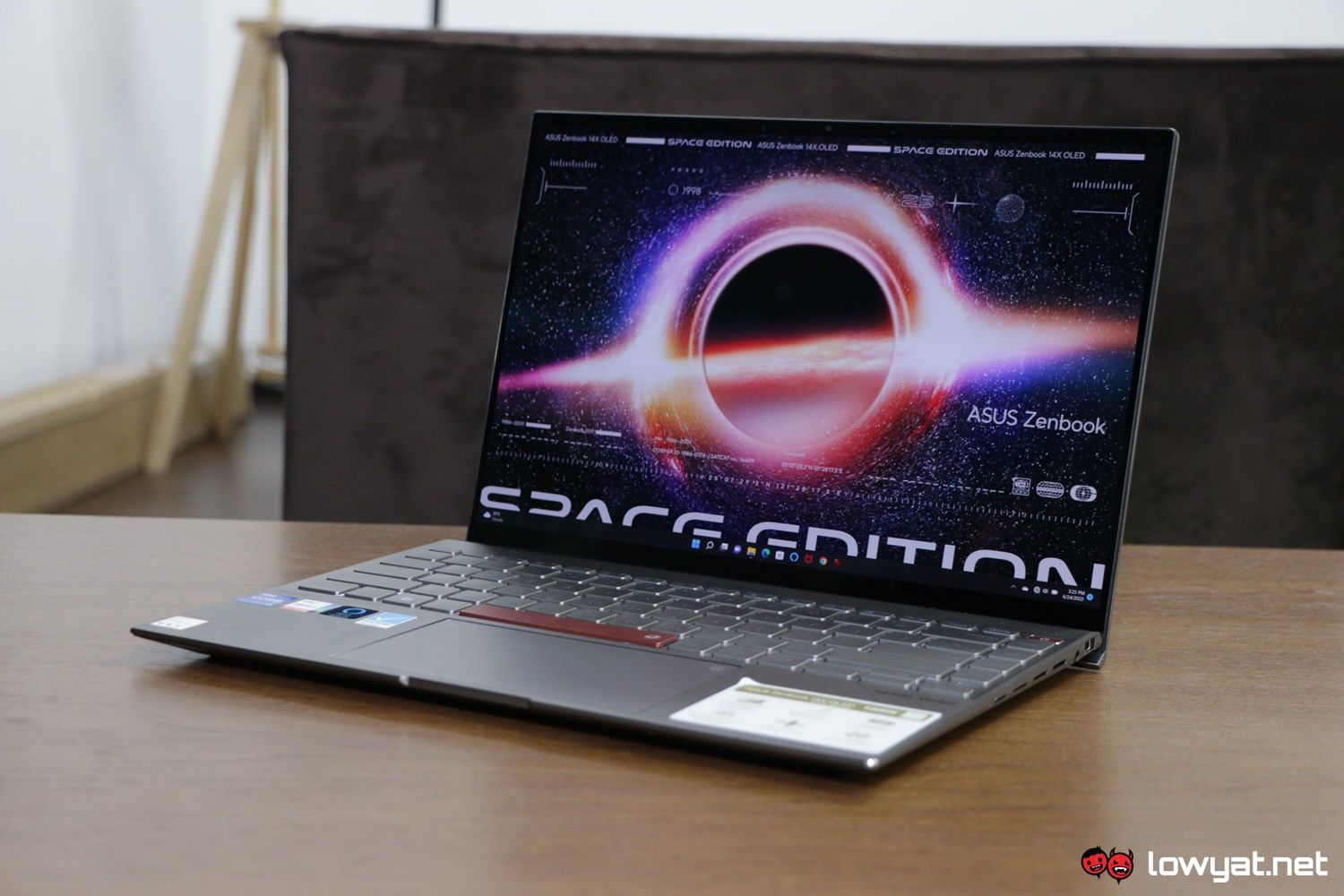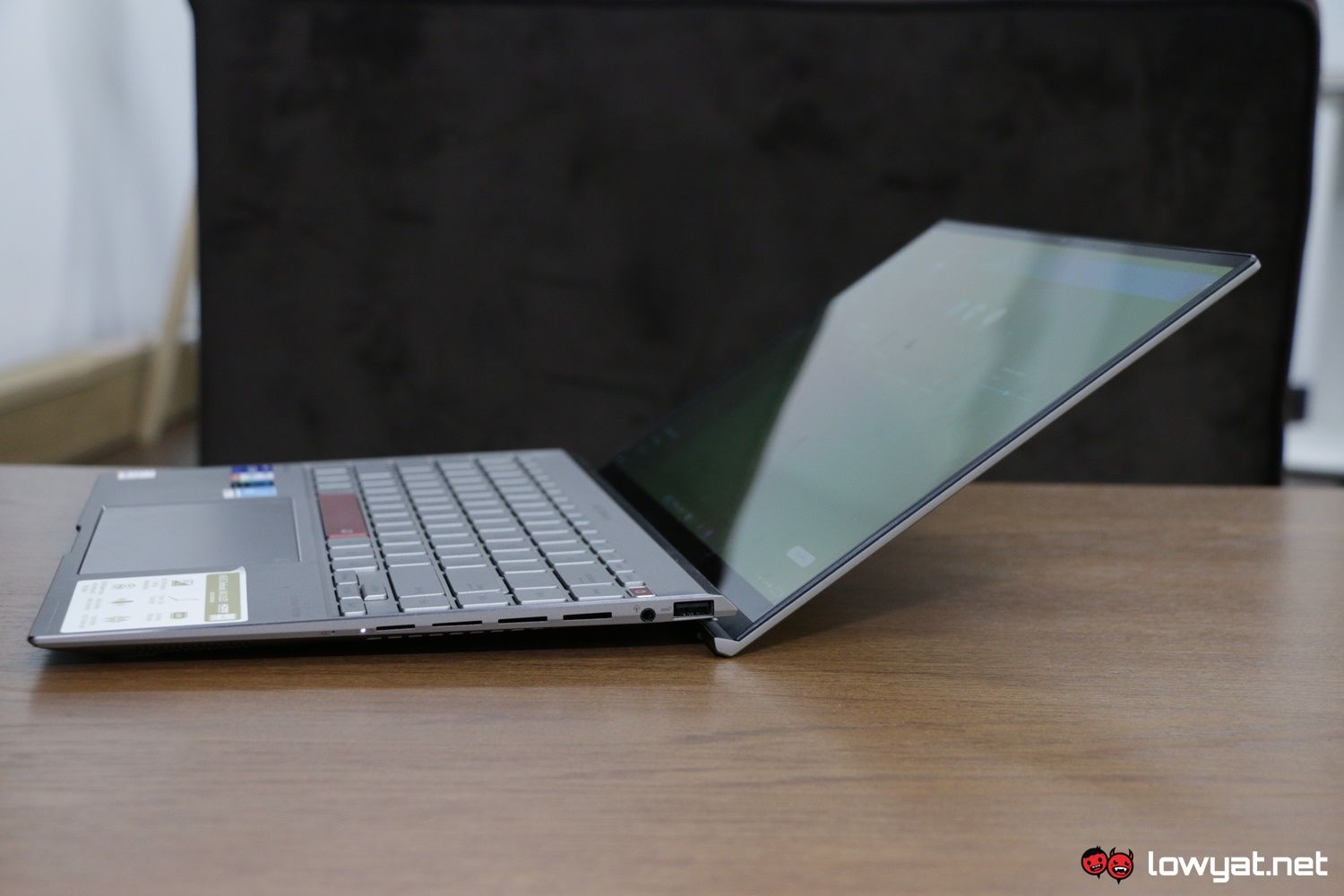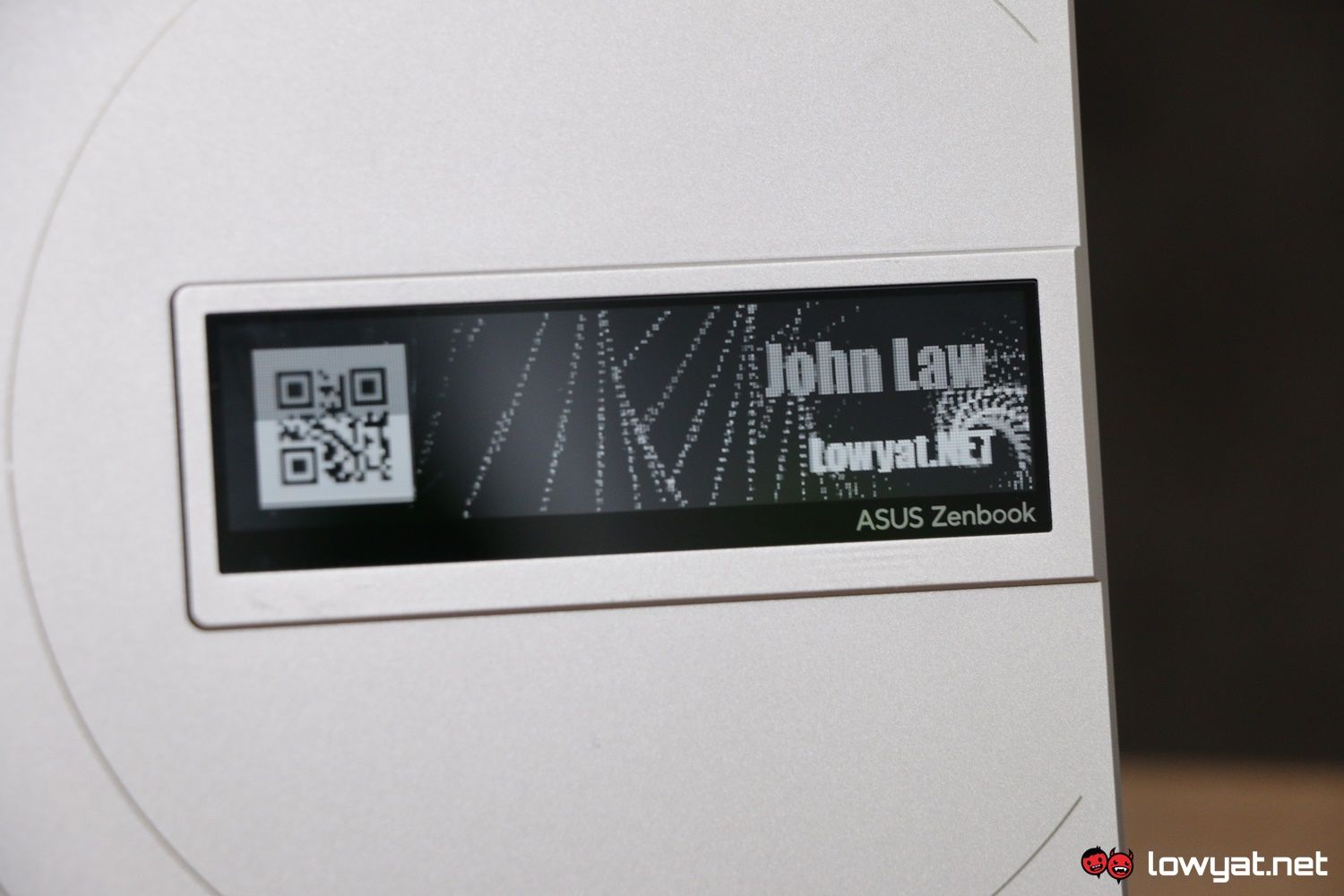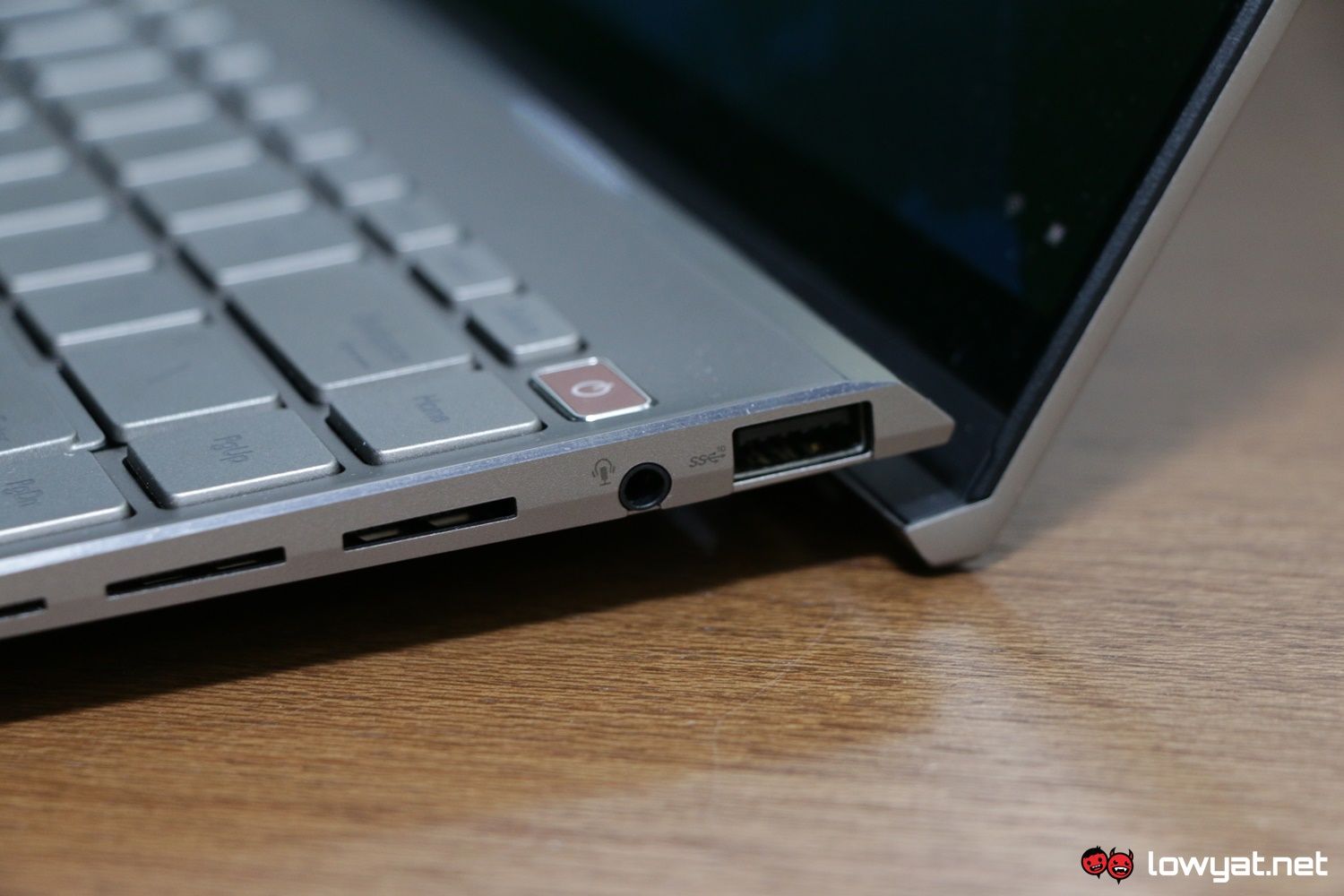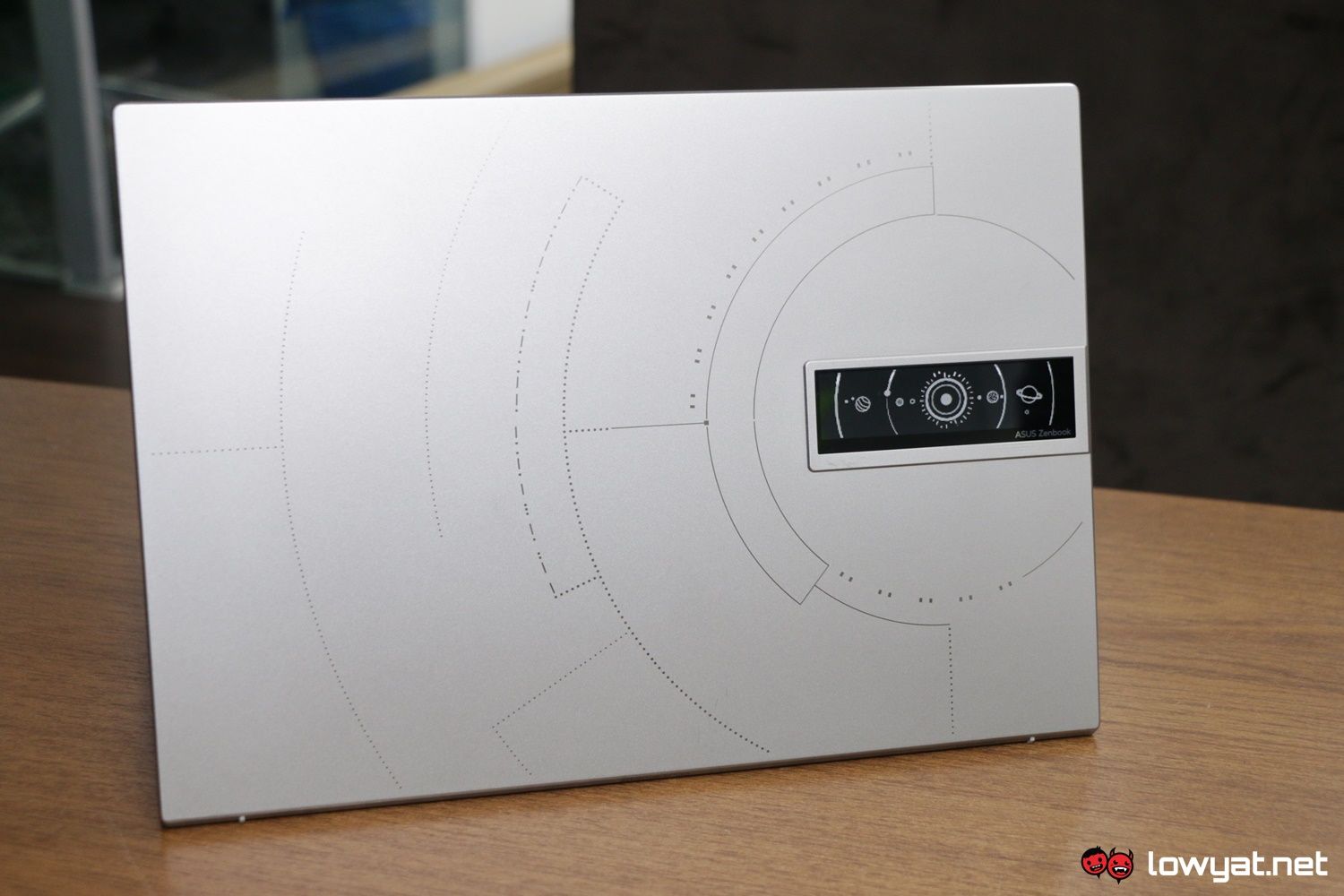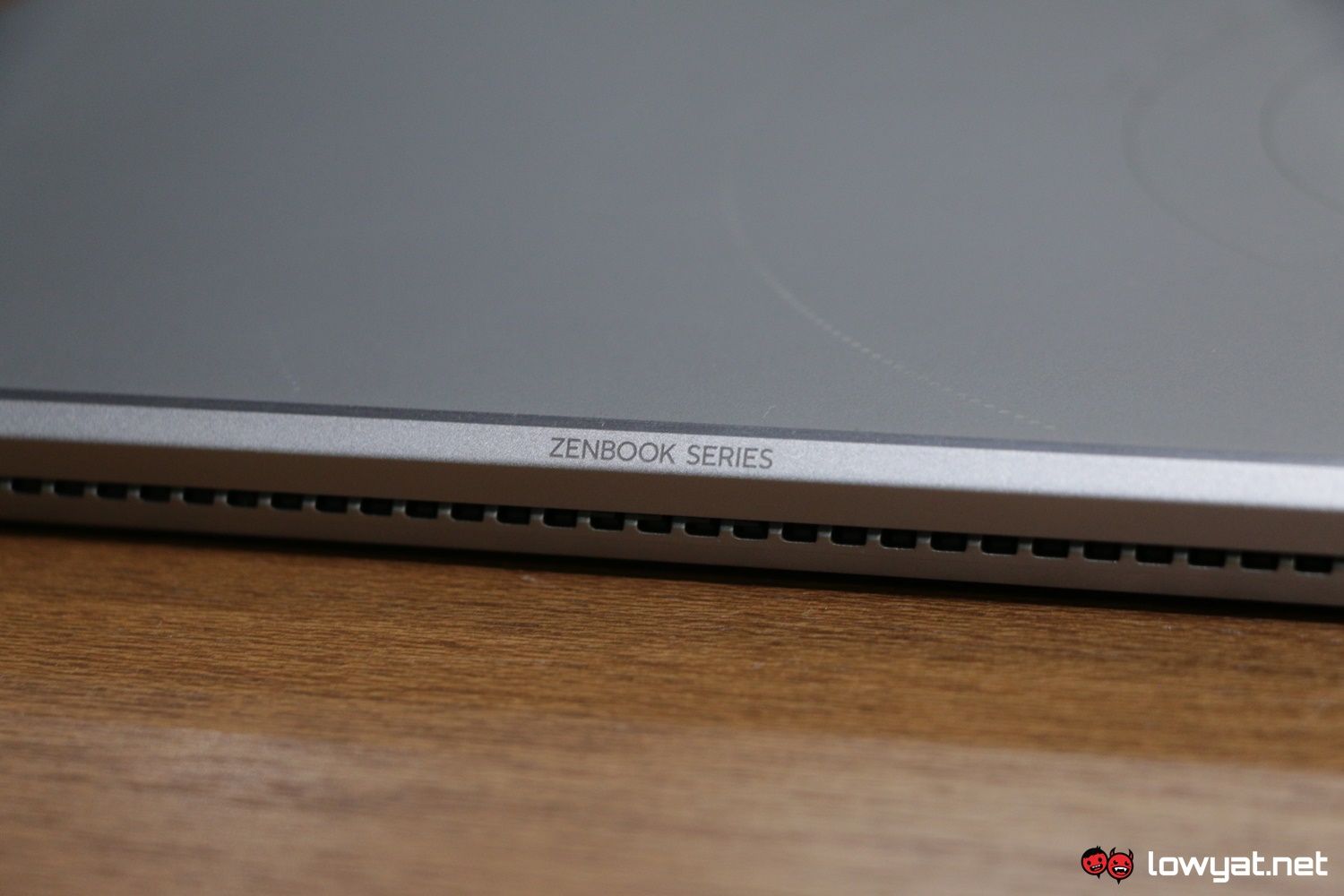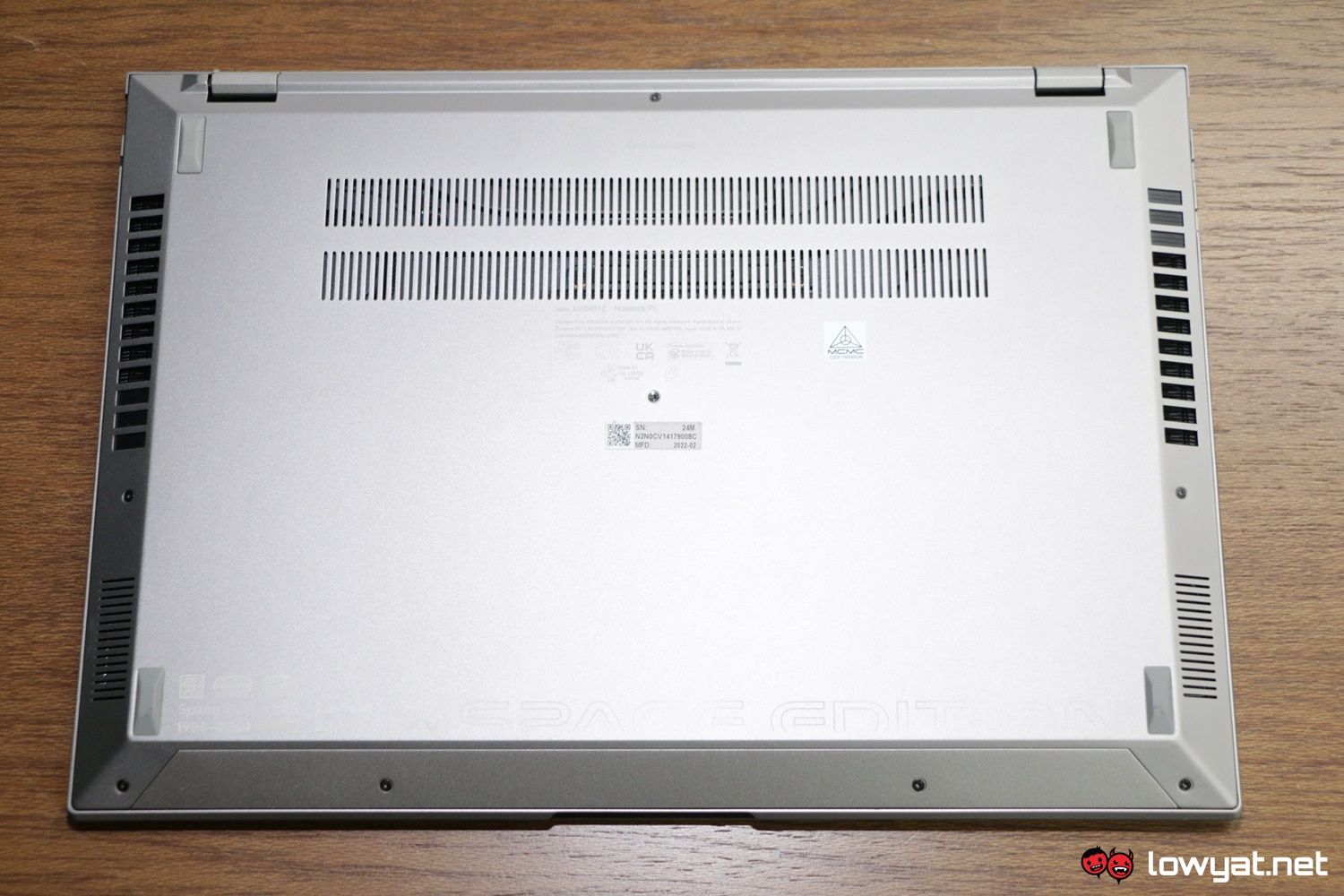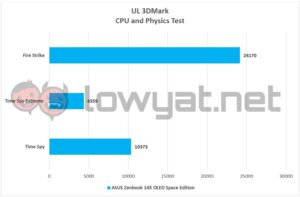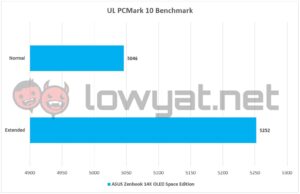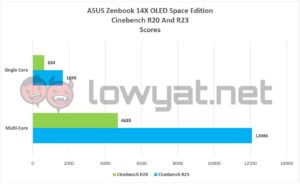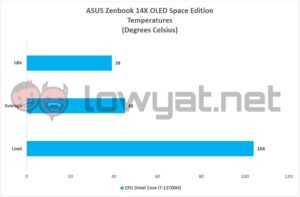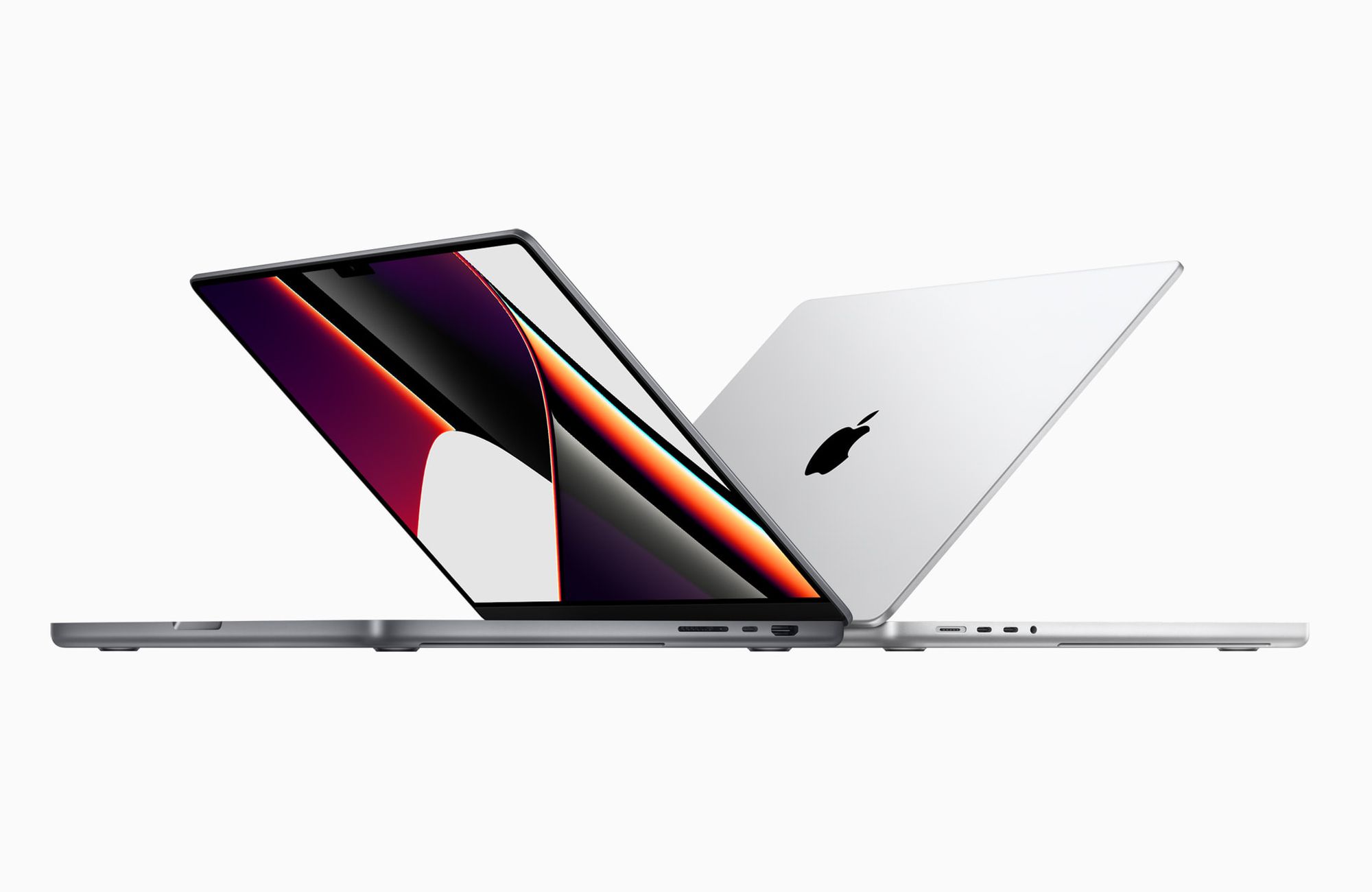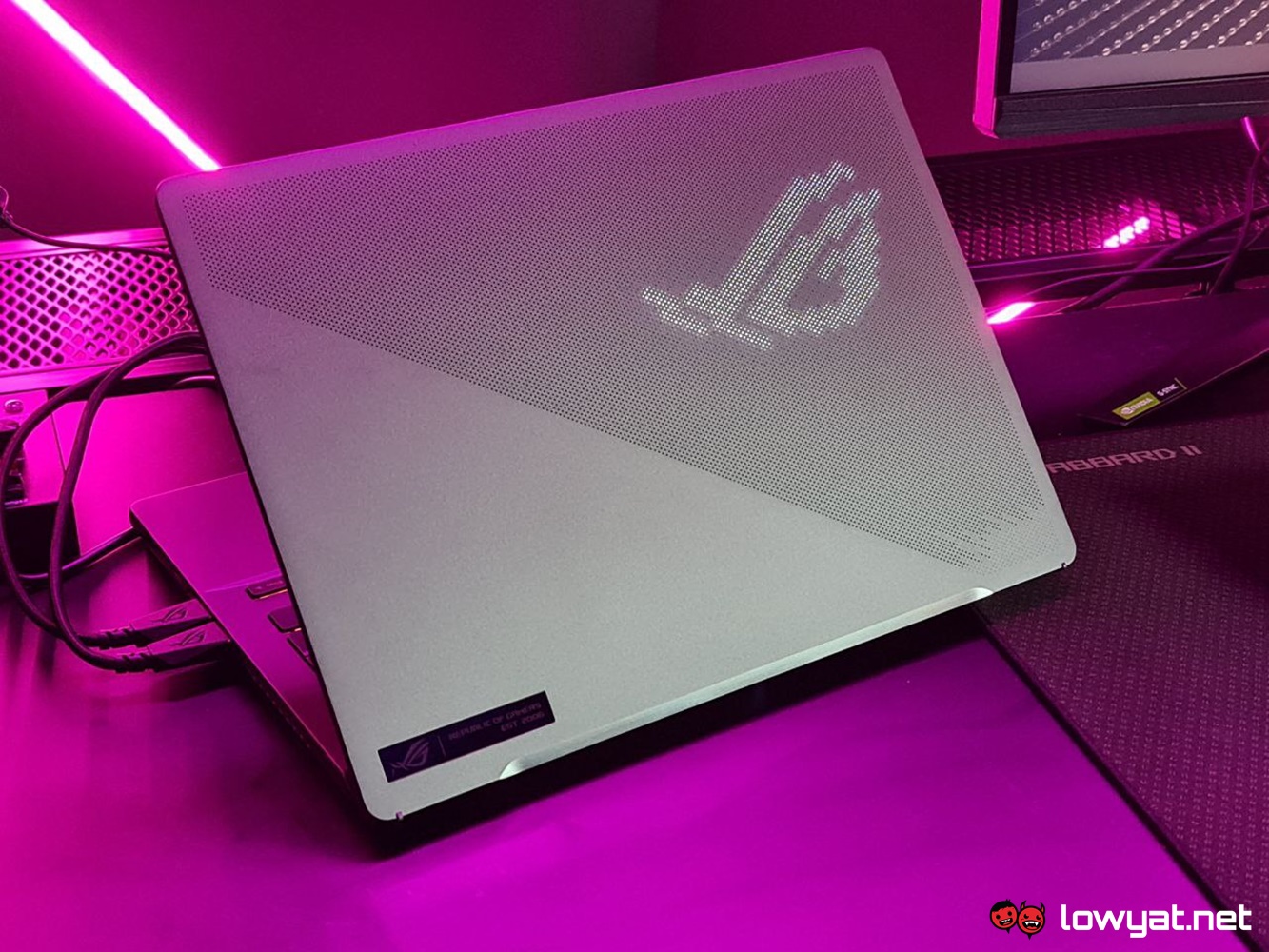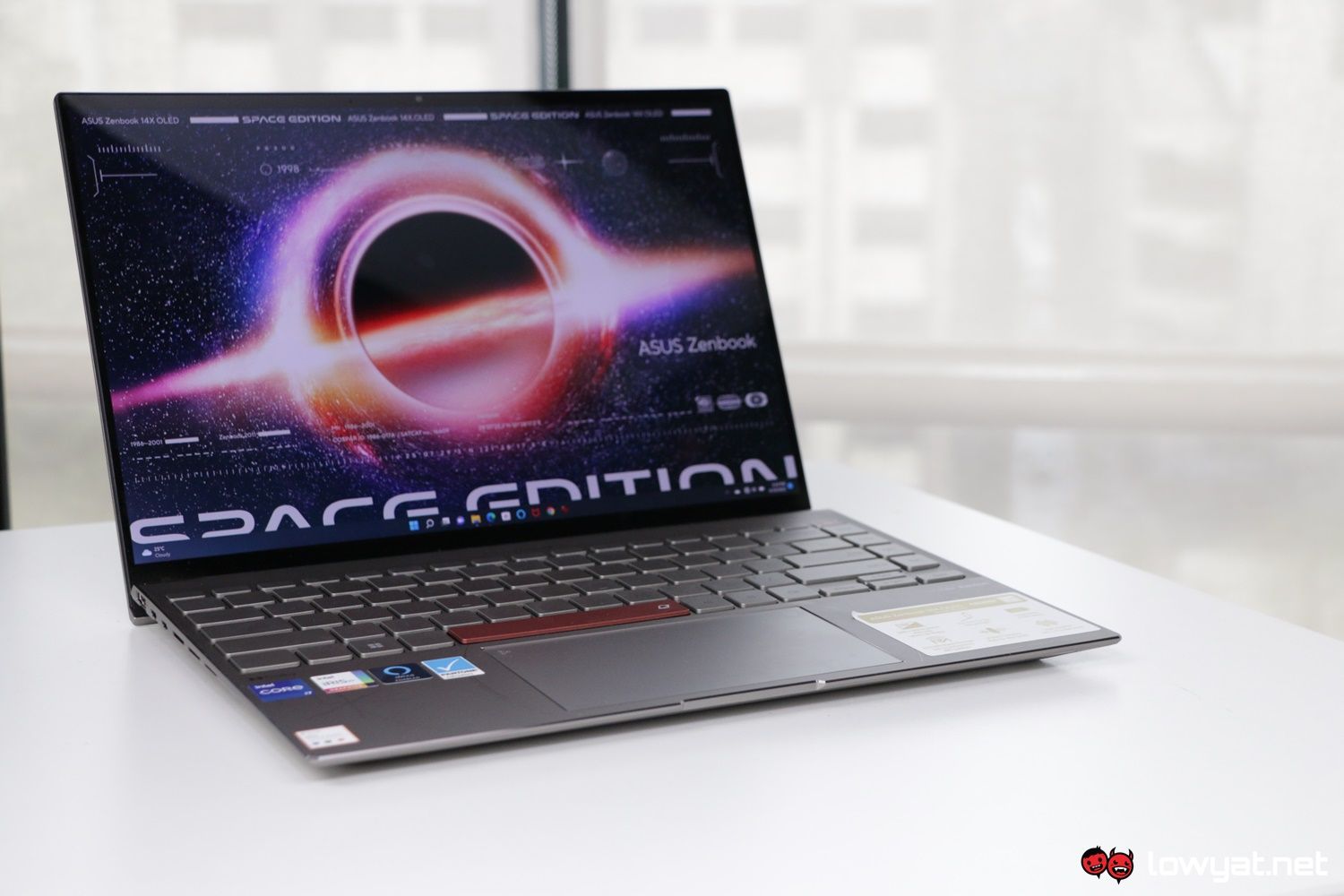If you’ve ever played around with ASUS’ Zenbook laptop, you’ll find that, under the lineup, the allure of the concentric circle design at the back of the panel is one that is hard to ignore. Case in point, the new Zenbook 14X OLED, fitted with Intel’s 12th generation mobile CPU is definitely a sight to behold. That was until ASUS decided to up the ante and release a Space Edition of the laptop.
With the Space Edition, we’re not just talking about ASUS dabbing on a little make-up and tarting up the laptop slightly either. Oh no, with this laptop, ASUS has gone to the moon and back, all in order to make this version of the 14X OLED as unique and distinctive as possible.
Specifications
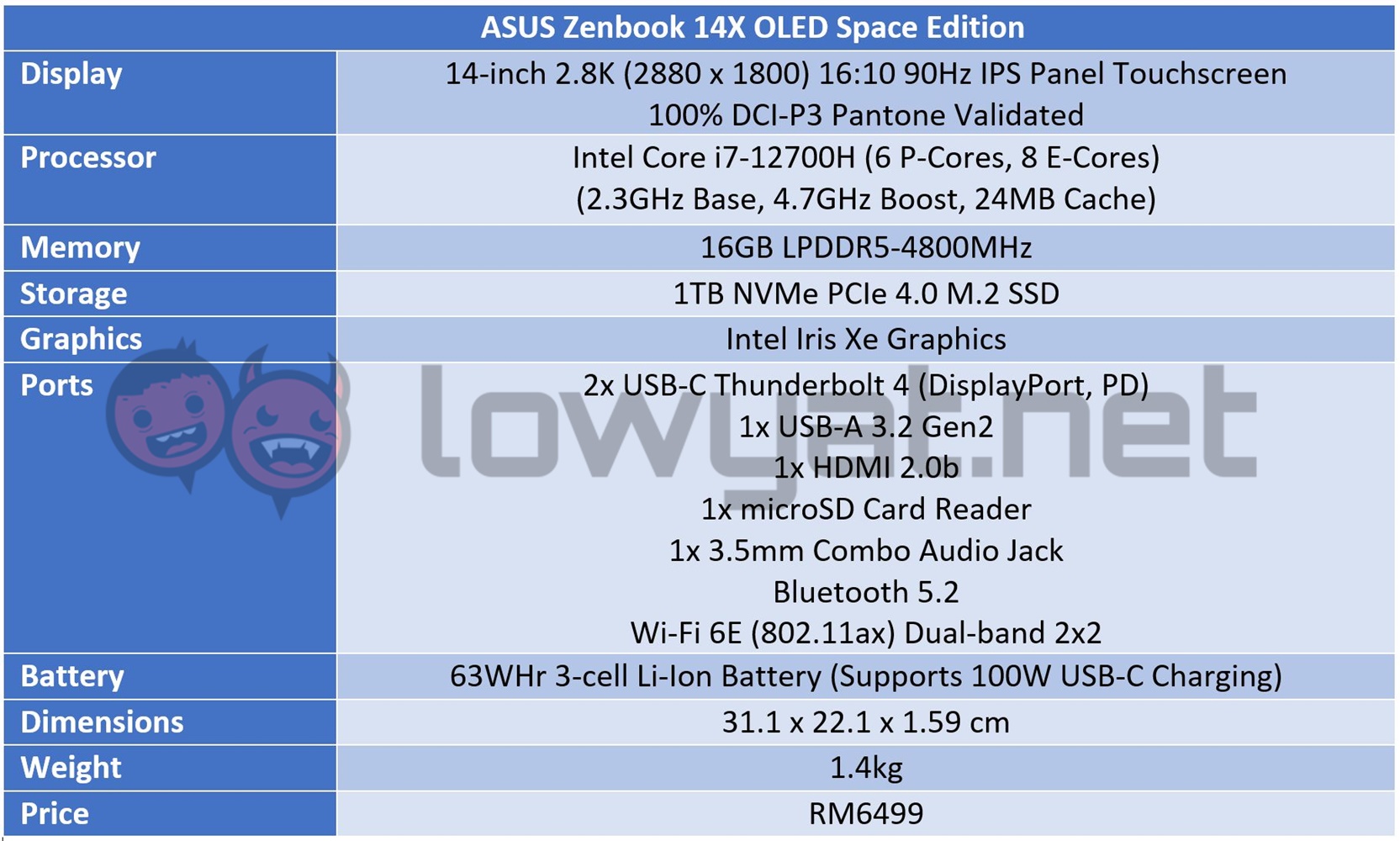 I should make it clear that the Space Edition unit I have in my hands is actually one of two variants ASUS is bringing into the country. The unit I have is equipped with an Intel 12th generation Core i7-12700H mobile CPU, comes with 16GB LPDDR5-4800MHz memory, and 1TB of lightning-fast NVMe Gen4 SSD storage. While the other model houses a Core i5-12600H and half the LPDDR5 memory too.
I should make it clear that the Space Edition unit I have in my hands is actually one of two variants ASUS is bringing into the country. The unit I have is equipped with an Intel 12th generation Core i7-12700H mobile CPU, comes with 16GB LPDDR5-4800MHz memory, and 1TB of lightning-fast NVMe Gen4 SSD storage. While the other model houses a Core i5-12600H and half the LPDDR5 memory too.
There’s also a Core i9 variant of the Space Edition, although, at the time of this review’s publication, it doesn’t appear that ASUS is planning on bringing in that SKU.
Design
As I mentioned at the start of this review, the overall looks and aesthetics of the 14X OLED Space Edition are nothing short of an overhaul. Sure, it’s still the same military standard-tested chassis as the normal, non-Space Edition model, but with this model, the brand has added little touches, details, and physical features that you just won’t see on other models. Moreover, this laptop comes in a very serviceable Zero-G Titanium skin.
Let’s start with space-themed lattices ASUS practically had etched into the Space Edition. You’ll notice the celestial markings both on the inside and outside. A fun fact about those lattices: they’re actually morse code. While I’m not an expert in deciphering Morse code, ASUS tells me that the message is the Latin phrase “Ad Astra per Aspera”. That translates to “Through the hardships, to the stars”, for all you non-Latin speakers out there.
The 3.5-inch OLED display really adds a depth of character to the Space Edition.
But perhaps the starkest, if not most obvious addition to the Space Edition is the 3.5-inch OLED panel that has been installed at the back of the display panel. It’s officially known as the Zenvision Smart Display and frankly, it’s a character statement that ultimately gives the laptop its own identity. And yes, that mini OLED panel isn’t just limited to the spaceman floating around within the three concentric circles; you can customise what appears on the screen via the MyASUS app and select a bunch of preset designs, or have some static text take the place of the animations. Allowing it to serve as an alternative method of identifying whom exactly the laptop belongs to.
Moving on, the 14-inch 2.8K OLED display is also one of the main draws of the Space Edition, and something that I’ll get into more detail about in the next section. I know the technology has been around for some years now, but honestly, it doesn’t detract from the fact that it’s still a beautiful piece of glass that really makes the words, images, and colour pop out and come to life.
Then there’s the trackpad on the Space Edition. Gone is the ScreenPad Plus mini display that the previous generation 14X used and in its place, ASUS has installed a trackpad that also brings up a numeric pad by simply touching the top-right corner of it. In retrospect, the trade-off between the trackpad and the ScreenPad is a fair one, since I don’t actually find myself staring at the latter application. I can confidently say this, because I happen to have an older Zenbook unit that is equipped with it.
Solid chassis, but finding the microSD Card slot can be a game of “guess the slit”.
To improve its cooling solution and exhaust properties, ASUS made the decision to have these slits cut into the side of the Space Edition. It’s a simple and straightforward solution to adding additional vents, save for one very slight problem: there’s actually a microSD card slot to the right of the laptop, but until I became entirely familiar with the laptop, it is a little bit of a guessing game of where the slot is. Having said that, there is that little illustration etched into the corner of the slot and just lifting up the laptop is all it takes to identify the slot, and something I should have done initially.
Other ports on the Space Edition include an HDMI 2.0b port, two USB-C ports, a USB-A port, and a 3.5mm headphone and microphone combo jack.
User Experience
Let’s start off with the first component that I promised I’d get to, the display of the Space Edition, the 14X OLED, as it were. The unique resolution of this laptop is, in a best-case scenario, a double-edged sword. On one hand, the content that is outputted on the panel is drop-dead gorgeous. Couple that with the Pantone validation, and the visual experience with anything colourful simply becomes jaw-droppingly divine.
A beautiful display marred by a screendoor effect.
But then there’s the other end of the spectrum: for all that eye-popping goodness, the pixels on screen don’t actually look or feel tightly packed. Even worse is the fact that when I put my face close enough, I can almost see each individual pixel on the screen. Even more annoying, however, is the minor screendoor effect. Honestly, it’s not an issue I am unable to look past, but the fact that I know it’s there is a constant irritant on a personal level.
Moving on, the keyboard of the Space Edition is perhaps one of the more comfortable laptop keyboards I have used. To be precise, the typing experience is very “clicky”, with a moderately long key travel, while actuation is represented with a loud and satisfying “clack” that assures me that my input was definitely recognised.
That same “clicky” experience, by the way, extends to the trackpad: while I am used to just tapping the pad, I find myself drawn towards physically registering every action – opening new tabs or windows, selecting an icon, highlighting text; those sort of things – by actively pressing on both buttons of the pad. All just so I can hear and feel those clicks, on purpose.
Breaking off to the side, the Space Edition’s power button also doubles as a fingerprint scanner but truthfully, it’s not always the most accurate thing. Even after washing my hands and making sure there isn’t anything that would hamper the registration process, it somehow still manages to fumble up reading my digit and forcing me to key my PIN.
The performance doesn’t always match up to the hardware.
That’s not the surprising part about the Space Edition. That expression is coveted to its overall performance, and that’s not in a good way. Despite running a Core i7-12800H and a healthy 16GB of DDR5 RAM, the laptop seems to choke and take its time at opening apps or sites that would otherwise register and load up in an instant. Seriously, even booting up the laptop cold can take very close to a minute, and that is with the laptop all up-to-date. Even worse, these aren’t even one-off incidents either.
By the way, that doesn’t mean that the Space Edition is working at a snail’s pace either. Allow me to be clear: while opening up apps and programs, or even booting it up can be unnecessarily longer – the waiting time feel like I’m loading up apps from a HDD and that really shouldn’t be case, given it is a PCIe 4.0 underneath there – the programs themselves aren’t actually slow and can still perform once loaded up.
The legs of the Space Edition’s battery aren’t terrible but aren’t great either.
As for the battery consumption, the Space Edition’s stamina far from the longest I have experienced. What I say now, I say with a modicum of certainty and confidence: it just doesn’t cut the mustard for me, especially after what I experienced with the brand’s first Zephyrus G14 or even the Razer Blade 14 Ryzen. Off the wall, the laptop just barely hits the six hour mark, and that’s with a mix of activities ranging from surfing the net, streaming videos from YouTube or Netflix, and doing some work.
On a related note, I should point out that the battery gives a repeat performance, regardless whether you are keeping the refresh rate of the Space Edition at 60Hz or 90Hz. On another side note, I notice that the laptop doesn’t automatically switch between the two refresh rates when switching between battery power and being plugged in. This isn’t so much an issue for me and more an observation, seeing how some ASUS laptops are programmed to alternate between high and standard refresh rate, in order to conserve battery power.
The good news, though, is when it enters Sleep mode, it really sleeps. Sometimes, whenever I forget to turn off the laptop for the day and head on home, the Space Edition just enters the low-power mode and shuts down after 10 minutes (that’s how long I’ve set the inactivity period for). Even more impressive is that I can leave it alone anywhere between two days and a fortnight, the battery level really just stays where it is.
As for the gaming aspect of the Space Edition, I have bad news and some slightly better news. The bad news is that, for reasons plain and obvious to us, Intel Iris Xe integrated GPU clearly isn’t going to cut the mustard if you’re looking to run games smoothly and without a hitch. The slightly better news? I can confirm that you can hook the laptop up with an eGPU, if that sort of thing is your shtick. but be warned: Windows 11 isn’t going to make it easy for you, particularly with the way the OS handles device encryption.
Benchmarks
The benchmark numbers here speak for themselves and given the absence of a dedicated GPU, I’m only putting the performance metrics of the Space Edition’s 12700H here. For that matter, the CPU actually gets really hot when put to work, consistently exceeding temperatures of 100°C, even in a room with an ambient temperature of 20°C.
Competition
If you’re in the market for a laptop that’s on the same wavelength and size as the Space Edition, or something even more powerful for that fact, there honestly aren’t that many choices. At least, not without spilling over and into the gaming-grade territory. With those parameters in mind, I have provided a couple of alternatives to this laptop below.
MacBook Pro 14
Apple’s 2021 MacBook Pro 14 is perhaps, one of the more prominent, if not obvious competitors to the Space Edition, but also commands a significantly higher asking price.
At a starting price of RM8799, the Pro 14 boasts the M1 Pro processor, 16GB of Unified Memory, a 512GB SSD, and a 67W USB-C adapter. Powering all that up is a 70WHr battery.As for the display, the Liquid Retina XDR panel is slightly larger at 14.2-inches and even has a greater resolution at 3024 x 1924 pixels. Oh, and it’s also True Tone validated.
ASUS ROG Zephyrus G14 2022
Yes, I am well aware of the discrepancy here, but as I said, there aren’t many other 14-inch options on the market that fall within the Space Edition’s price range. For that matter, the majority of the G14 2022’s hardware is the technical opposite of what it is inside the Zenbook.
Specifically, the base model of the G14 2022 coming into Malaysia is fitted with an AMD Ryzen 7 6800HS CPU, 16GB DDR5-4800 RAM, a 1TB NVMe Gen4 SSD, and a Radeon RX 6700S. Powering all those components is a large 76WHr battery, while the display is a 14-inch QHD (2560 x 1600) Nebula HDR panel, with a 16:10 aspect ratio and 120Hz refresh rate.
The only thing that I believe would make one think twice about purchasing the new G14 is its starting price: the base model already starts off at an SRP of RM8499, RM2000 more than the Space Edition. Having said that, that mark-up is probably the cost of having the discrete GPU present.
Conclusion
The ASUS Zenbook 14X OLED Space Edition isn’t what I can call groundbreaking or a game changer in the world of productivity laptops. Truth be told, I actually think this laptop is just its parent company playing it safe with the market and merely provided incremental upgrades over last year’s 14X OLED laptop.
At a starting price of RM5599, the Space Edition is definitely a solid piece of machinery and, to an extent, art. On top of that, its lightweight means I’m not grumbling to myself for having to carry my usual workhorse around, despite the fact that it is only several hundred grams heavier. The typing experience is solid, the OLED display is a real treat to the eyes, and the fact that it is a touchscreen doesn’t hurt its chances.
My only concern with the Space Edition is the little tics and quirks that it has, especially the weird, sluggish loading times for some apps. Having said that, if that little caveat doesn’t sway you, then have at this laptop.
Follow us on Instagram, Facebook, Twitter or Telegram for more updates and breaking news.


